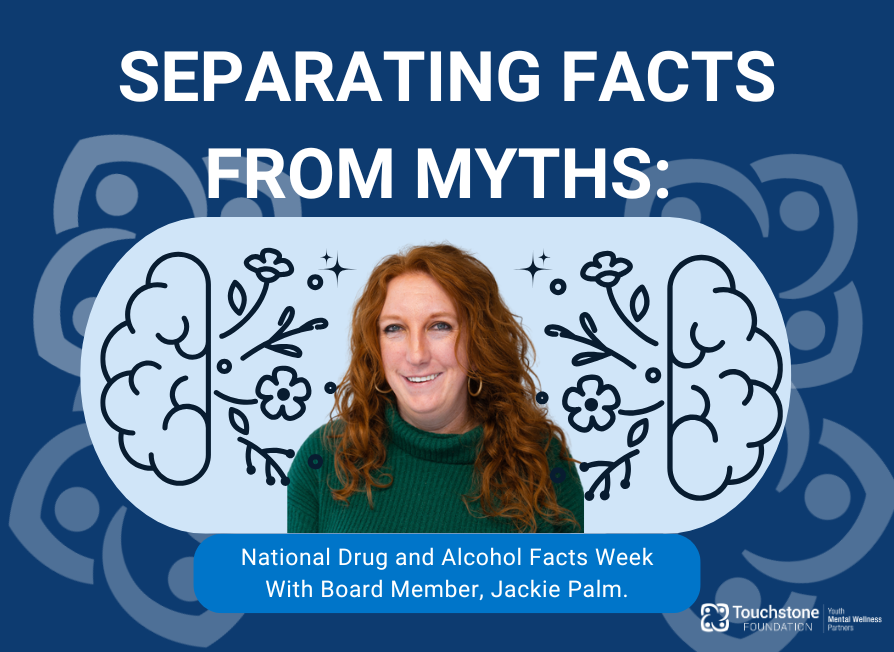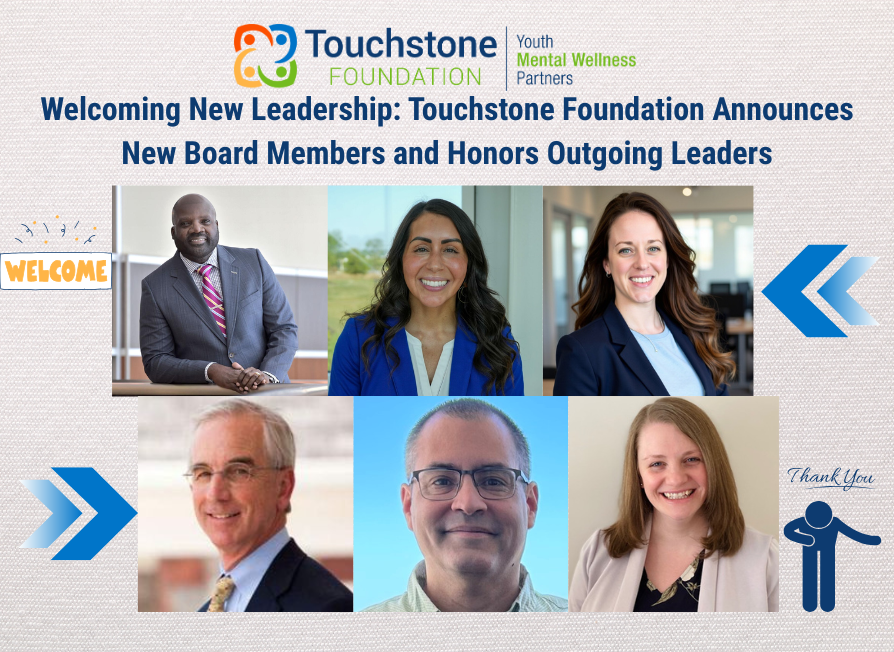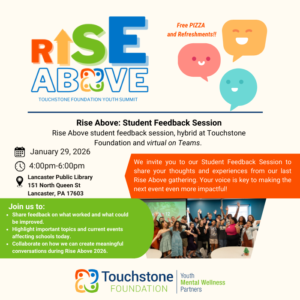
Breaking Down Substance Use, Mental Health, and Support Systems
National Drug and Alcohol Facts Week is an important time to address misconceptions about substance use, particularly its deep connection to mental health. To shed light on these issues, we spoke with Jackie Palm, BS, a dedicated expert in substance use prevention and mental health. Jackie shares her insights on why treating both substance use and mental health together is critical, the role of trauma in addiction, and how we can better support youth and communities.
The Connection Between Substance Use and Mental Health
One of the biggest myths about substance use is that it’s simply a bad habit or a matter of poor choices. According to Jackie, this perspective ignores the underlying mental health struggles that often lead individuals to substance use in the first place.
“Mental health can exist without substance use, but substance use can’t exist without mental health,” she explains. “If we don’t treat the mental health portion, we can’t treat the substance use because, more often than not, people are using substances as a way to self-medicate and numb their feelings from past trauma.”
Jackie emphasizes that trauma—whether from childhood experiences, bullying, stress, or family dysfunction—is often at the core of substance use. Without addressing these root causes, it becomes nearly impossible to achieve lasting recovery.
Risk Factors for Youth Substance Use & The Power of Early Intervention
Youth substance use isn’t just about experimentation or peer pressure. It often stems from deeper struggles. Jackie highlights some of the key risk factors, including:
- Adverse Childhood Experiences (ACEs) – Trauma from abuse, neglect, or household dysfunction.
- Bullying & Social Isolation – The need for acceptance can drive youth to substances for a sense of belonging.
- Family Stress & Dysfunction – Exposure to domestic violence, instability, or mental health struggles at home.
- Unaddressed Mental Health Issues – Anxiety, depression, and PTSD can lead to self-medicating with substances.
So how can we prevent this? Jackie believes in the power of mentorship, community support, and therapeutic interventions at an early stage.
“When youth have access to mentors, therapists, and leaders who understand mental health and family dynamics, they are less likely to turn to substances to cope,” she says. “Building strong community support networks is key to prevention.”
Myths vs. Facts: Understanding Substance Use and Addiction
Many people believe that overcoming substance use is just a matter of willpower, but Jackie dispels this myth:
“It’s not just about choice. Substance use literally changes the brain’s chemistry and neuropathways. The brain remembers that substances provided relief from pain, so it craves more. Without education and proper intervention, this can become a cycle of dependence.”
A common misconception is that addiction is purely a personal failing. However, Jackie stresses that addiction is often a response to pain and suffering rather than a moral shortcoming.
“People do the best they can with what they have. If a substance provides quick relief from pain, that’s the choice they make—not because they’re weak, but because they lack other supports and coping strategies.”
How to Talk to Young People About Substance Use Without Fear-Based Messaging
Scare tactics and “Just Say No” campaigns have proven ineffective. Instead, Jackie advocates for open, honest, and realistic conversations about substance use.
“Substances can provide temporary relief and even fun in some situations. But it’s not sustainable, and it can be harmful in the long run. Instead of demonizing it, we need to talk about why people turn to substances and offer more sustainable, fulfilling alternatives.”
Encouraging youth to explore healthy connections and coping mechanisms—like therapy, mentorship, sports, arts, and clubs—can help them find a sense of belonging without resorting to substance use.
The Role of Community in Recovery and Prevention
Human beings are wired for connection. Yet, in today’s digital world, we often feel more disconnected than ever. Jackie highlights how community plays a vital role in both preventing substance use and supporting recovery.
“The opposite of addiction isn’t just sobriety—it’s connection. When people feel loved, supported, and understood, they’re less likely to turn to substances to fill that void.”
Some ways to build stronger community support systems include:
- Therapy & Support Groups – Providing safe spaces to process trauma and emotions.
- Clubs & Activities – Encouraging youth to engage in hobbies that foster genuine connection.
- Mentorship Programs – Pairing youth with supportive role models who can guide them.
- Schools, Coaches, & Churches – Ensuring that all youth-facing institutions prioritize mental health education and awareness.
Jackie highlights without connection and support, individuals may turn to substances as a means of coping. She references journalist Johann Hari’s TED Talk, Everything You Think You Know About Addiction Is Wrong, in which he argues that “the opposite of addiction is not sobriety, it’s connection.” This idea challenges traditional narratives around addiction and highlights the necessity of strong, supportive communities in the recovery process.
For many, finding that sense of connection comes through therapy, support groups, or shared activities like sports, art, or faith-based communities.
Whether through structured programs or informal social networks, creating safe spaces where individuals feel seen and supported is essential in breaking the cycle of addiction. By fostering connection, we can break the stigma surrounding substance use and mental health, making it easier for people to seek help without fear of judgment.
Challenging Stigma and Encouraging More People to Seek Help
One of the biggest barriers to seeking help is stigma—which Jackie argues is really a form of discrimination against those struggling with addiction.
“If someone has a panic attack, they get care. If someone overdoses, they might get Narcan and be sent home in 30 minutes. That’s the difference in how we treat mental health versus physical health.”
The key to breaking this cycle? Empathy, education, and advocacy.
- Use Person-First Language – Avoid terms like “addict” or “junkie” that reduce people to their struggles.
- Acknowledge the Role of Trauma – Recognize that addiction is often a response to pain, not a moral failing.
- Advocate for Better Resources – Support policies and organizations that provide accessible mental health and substance use services.
Final Thoughts: A Call to Action
As we observe National Drug and Alcohol Facts Week, let’s move beyond myths and start addressing the real issues—mental health, trauma, and community support.
By fostering understanding, connection, and early intervention, we can create a future where youth have the tools they need to thrive—without turning to substances for relief.
If you or someone you know is struggling with substance use, or mental health challenges, don’t hesitate to reach out for help. Resources are available, and recovery is possible.
Need Support? Visit our Resources Page for local support.
Ensuring people can access these services requires strong collaboration and outreach within the community. Let’s break the stigma and make support more accessible for everyone.





